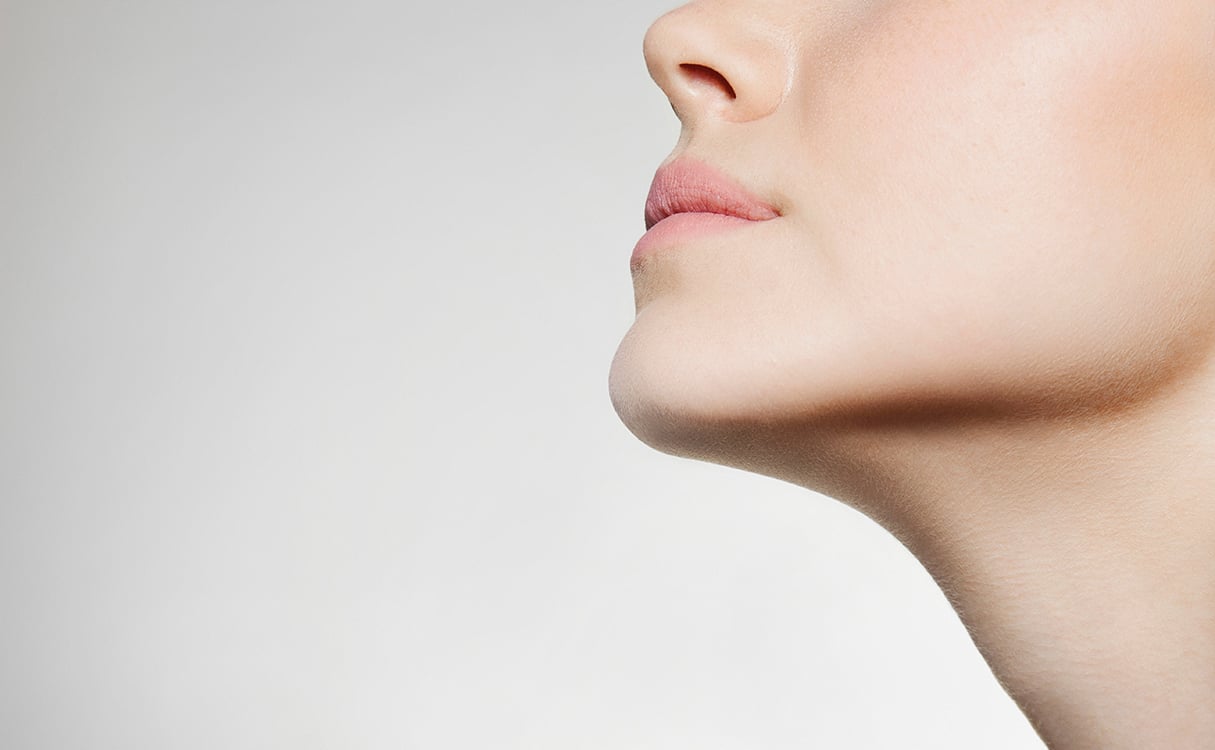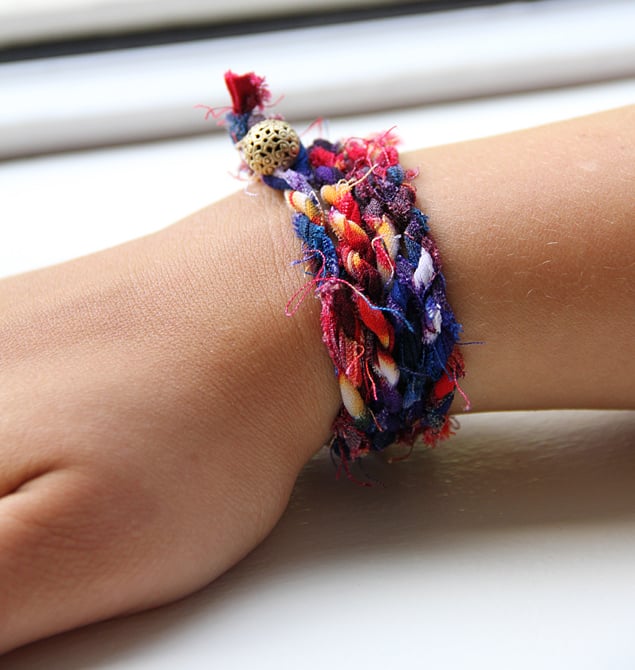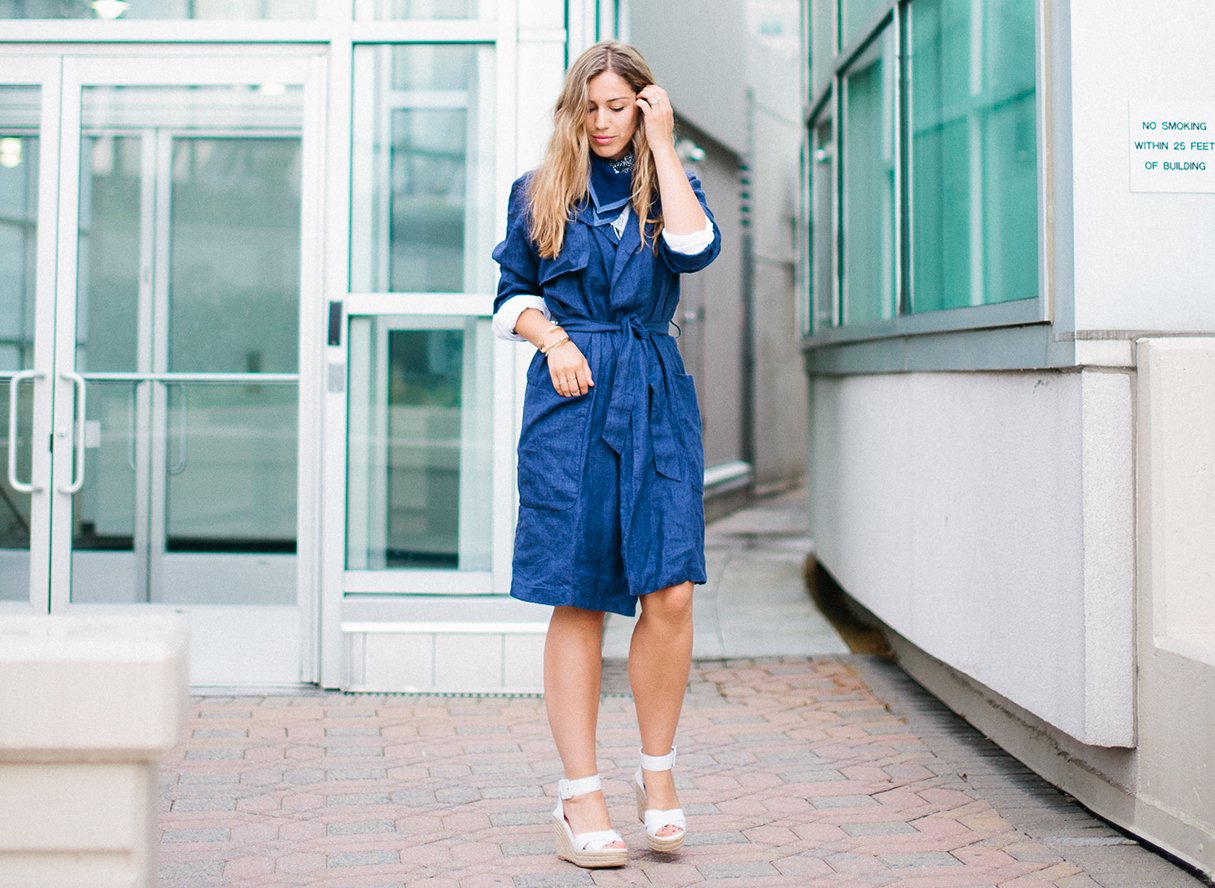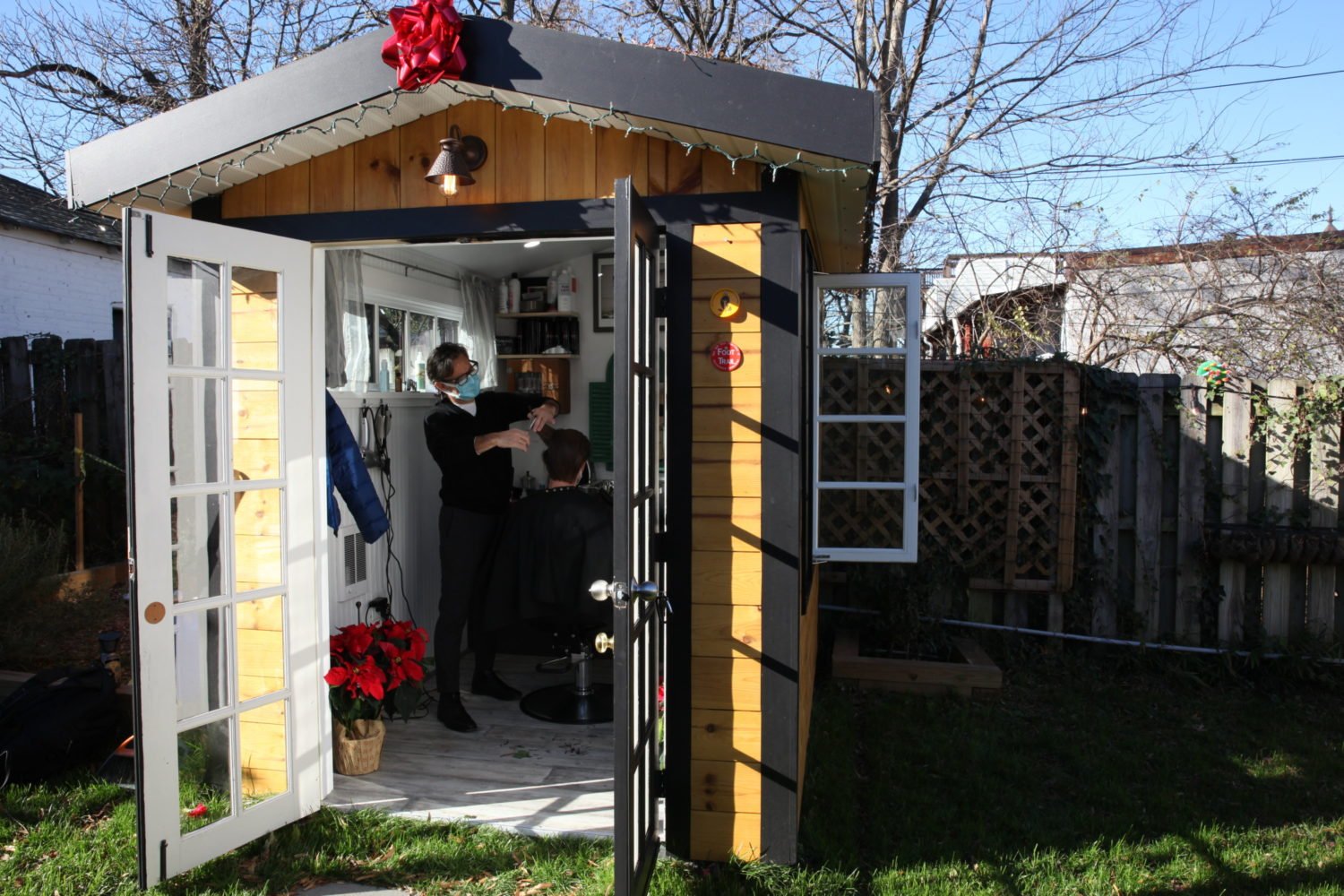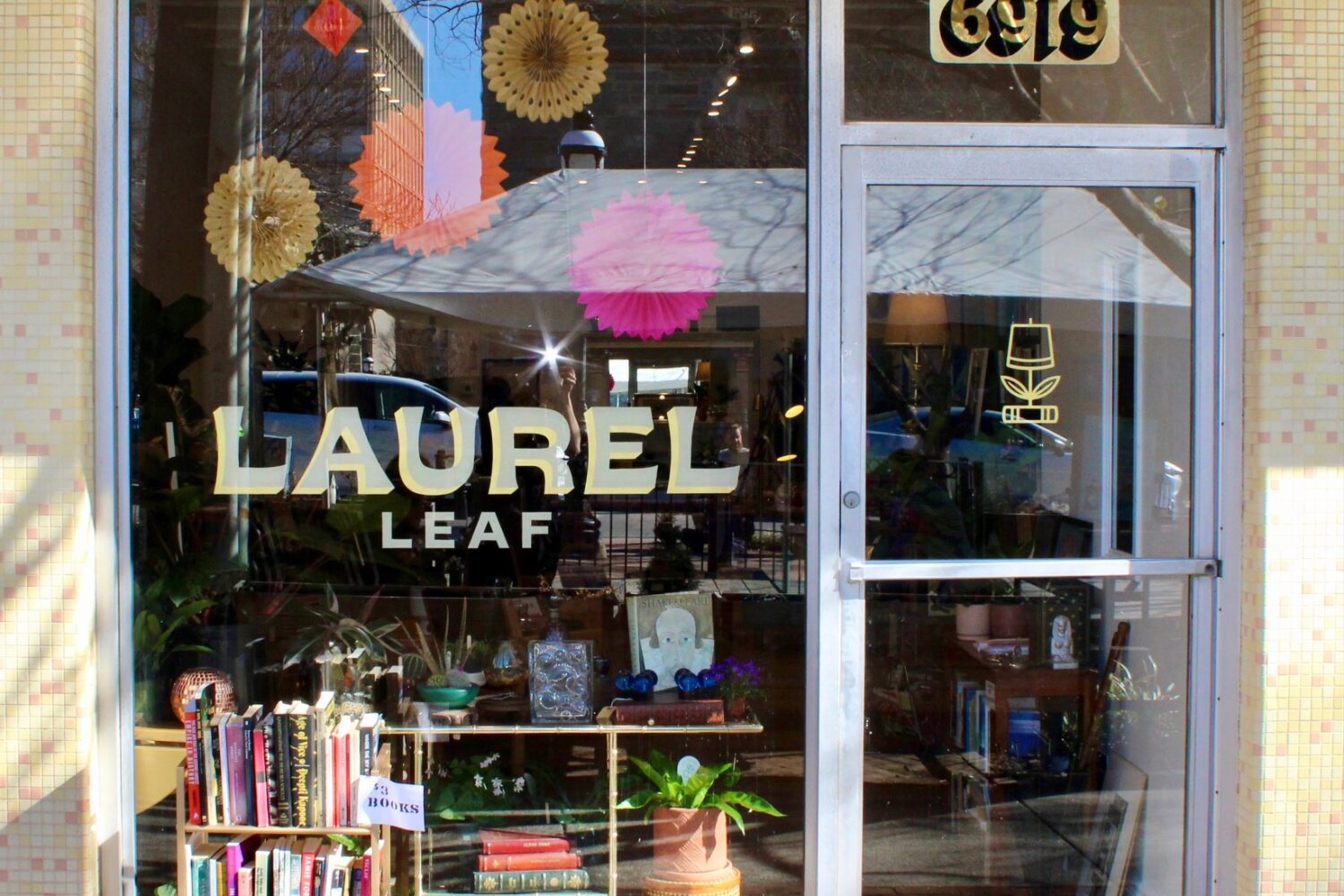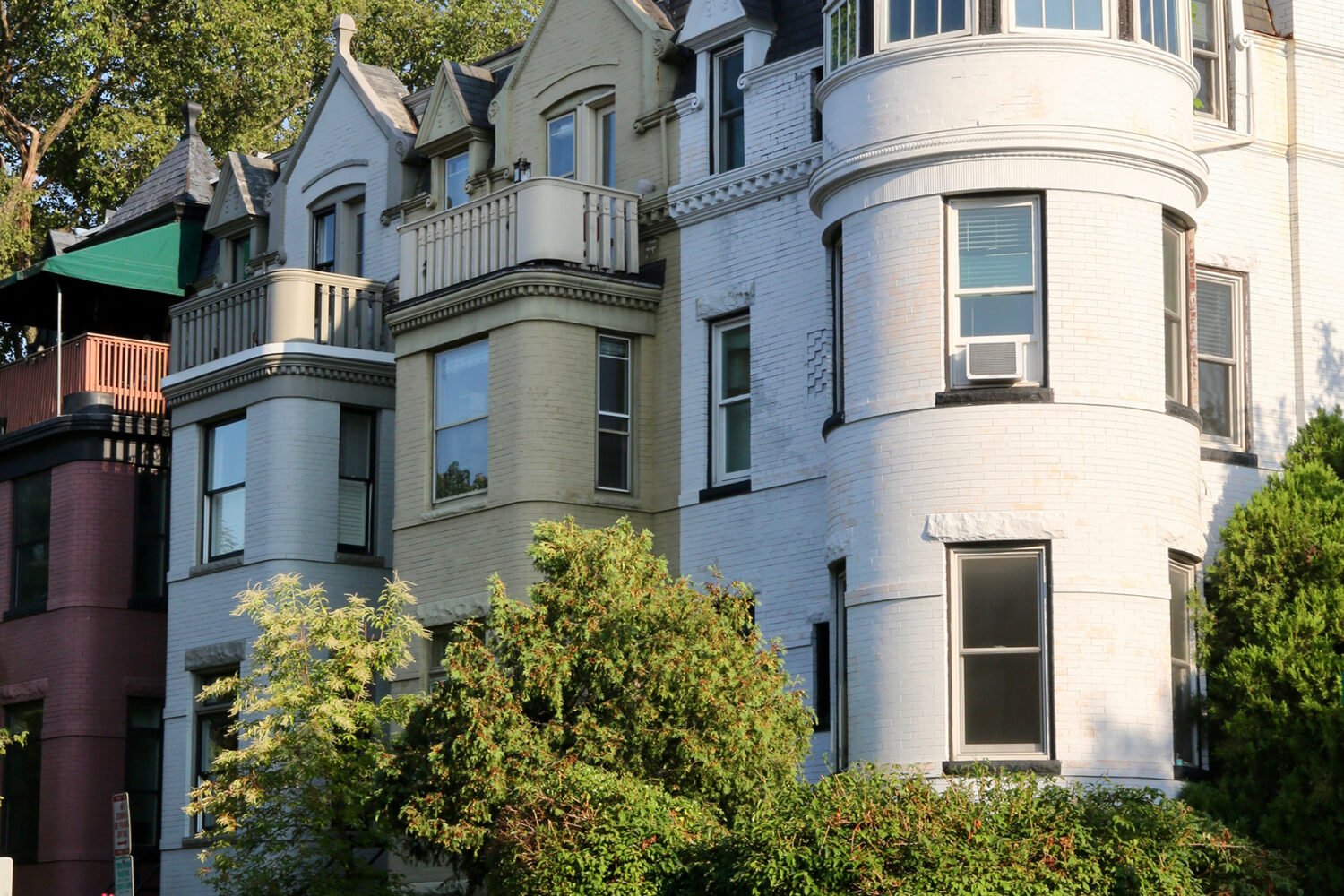This spring, the Food and Drug Administration approved Kybella, an injectable deoxycholic-acid treatment designed to eliminate “submental fat”—known to the rest of us as a double chin (or an “at-risk chin,” as Amy Schumer says in her interview on Ellen, below.)
Cosmetic surgeons and dermatologists say Kybella is easier and less invasive than liposuction or surgery, previously the only options to get rid of chin fat.
Here’s how it works:
How it’s used: Kybella is injected into the skin below the chin; the deoxycholic acid absorbs and destroys fat cells. (At this point, it’s approved only for small areas of fat under the chin.)
Treatment: The treatment typically takes two or three sessions a few weeks apart. At each visit, patients receive an average of 20 small injections, a procedure that takes 15 to 20 minutes.
Pain: A few people who have received Kybella told us that the injections were more uncomfortable than getting Botox or other fillers and that they experienced stinging or burning for a short while after. A numbing cream is typically applied beforehand to ease the pain; a local anesthetic also can be administered prior to the injections. Ice is usually put on the area following the procedure.
Recovery: “I was slightly sore afterwards,” says a patient we’ll call Laura for privacy reasons. “I was swollen for a few days.” Swelling is a normal side effect—so a word to the wise: Don’t plan any major events or photographs for several days. Says another patient we’ll call Elizabeth: “The swelling with Kybella was not something I could hide. For about three days, I looked a little like a bullfrog, then that slowly went away over the next two weeks.” Slight numbness can also occur for a few days.
Results: Don’t expect to walk out and have no double chin—the results take time. “I saw only mild improvement one to two weeks later,” says Laura. “But results were definitely noticeable at one month, and I was pleased.” The best time to gauge the outcome, experts say, is two to three months after the first treatment.
Cost: Kybella is expensive, mainly because it’s new and demand is growing. Expect to pay $1,200 to $4,000.
This article appears in our November 2015 issue of Washingtonian.

